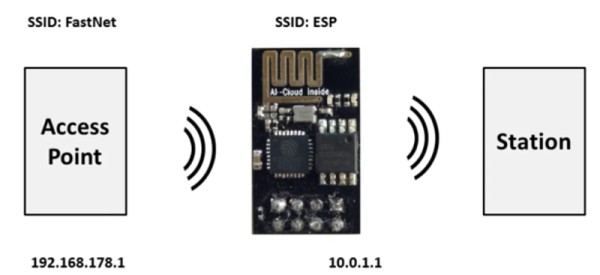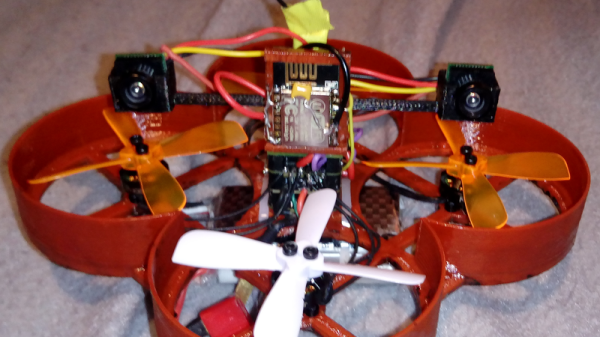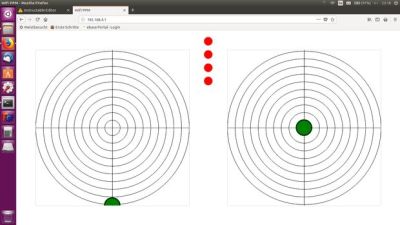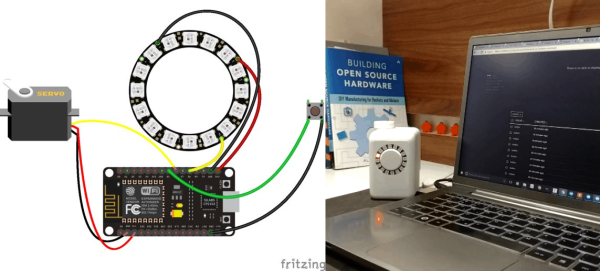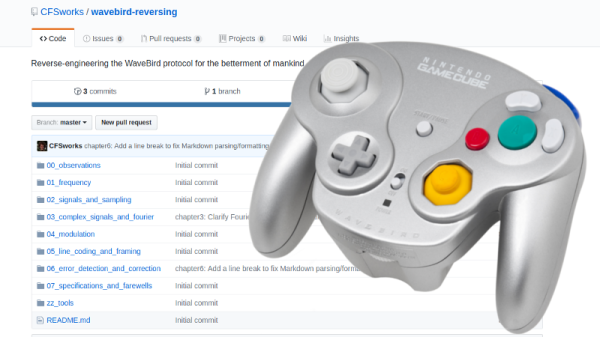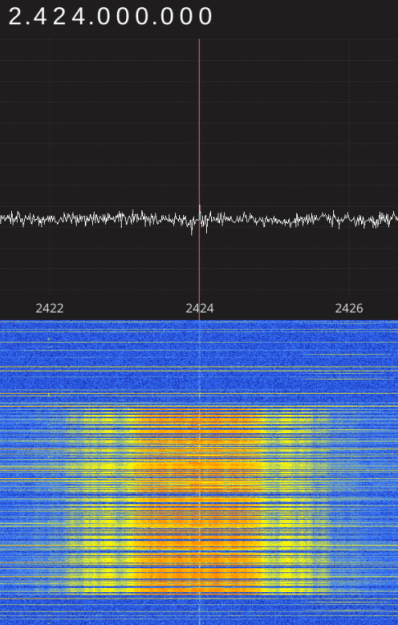Wireless charging is great tech, but its relative novelty means it may not be everywhere you want it. When one of those places is your vehicle, well, you make like [Braxen McConnell] and crack it open to install a wireless charger!
After dismantling the centre console, [McConnell] had to make a few cuts behind the scenes to make room for the wireless charger — as well as cutting down the charger itself. He also took apart the charger and flipped the board and charging coil around inside its case; the reason for this is the closer the coil is to the phone, the better. The charger will already be hidden behind the plastic of the centre console, so it’s no good to be fighting through the extra distance of the charger’s internals. The charger was mounted with double-sided tape, since it’s relatively light and won’t be knocked about.
[McConnell] tapped into the accessory circuit on his truck so it would only be drawing current when the truck is on — nobody likes coming back to a dead battery! Power comes from a cigarette outlet connected to a USB car charger, which then powers the wireless charger — it’s a little hacky, but it works! Once the wireless charger is plugged in and the centre console is reinstalled, [McConnell] was set! Check out the build video after the break.
Continue reading “Wireless Charger Truck Mod Keeps Juice Flowing On The Move”



